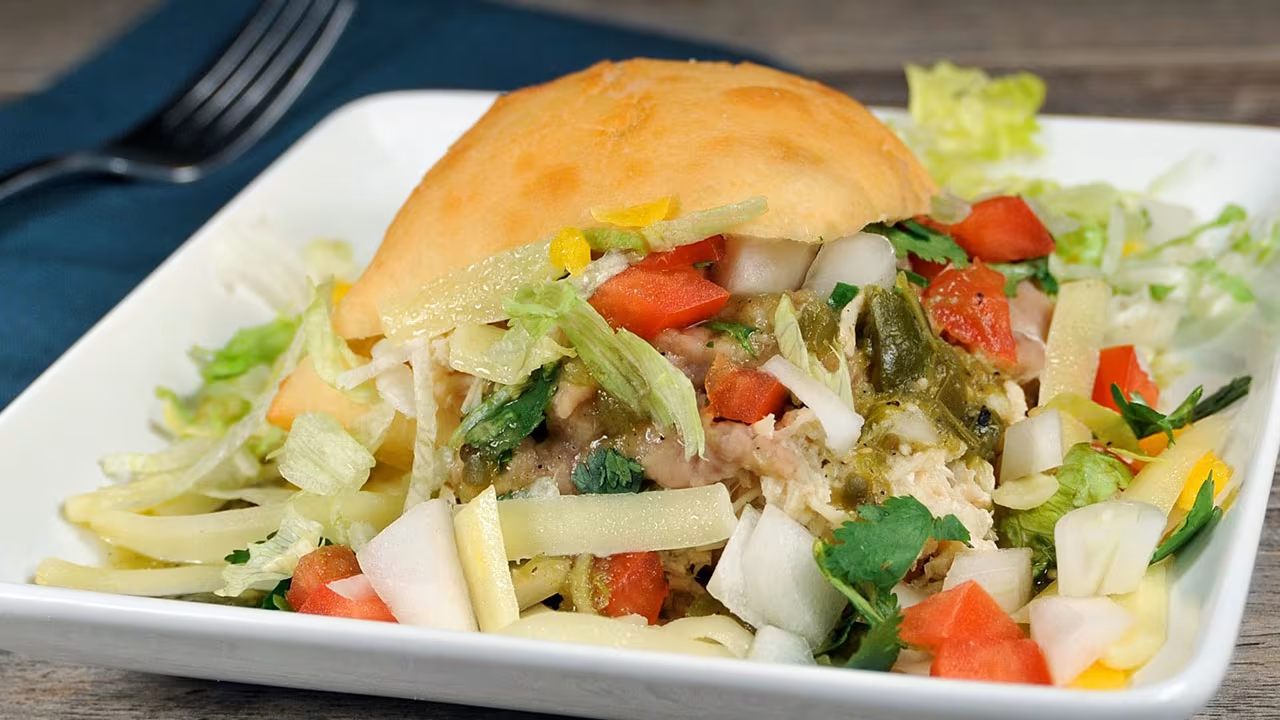
Delicious and Efficient: 5 Easy Foodservice Recipes for Busy Kitchens
Written by Jessica Lopez
Published at 01-08-2024
Edited on 03/27/2025 | 02:24 PM
Main-Course RecipesCourse: Main Course
Cuisine: Italian
Difficulty: Easy
Servings
8-10 portions
Prep Time
20 minutes
Cooking Time
30 minutes
Total Time
50 minutes
Fat
12g
Protein
25g
Carbs
40g
Calories
350 kcal
In the fast-paced world of foodservice, having a collection of reliable recipes at your fingertips can make all the difference. Whether you’re running a bustling restaurant, catering for a large event, or managing a cafeteria, foodservice recipes are designed to be efficient, delicious, and easy to scale. These recipes not only save time but also ensure that you can consistently deliver mouthwatering dishes that your customers will love. Foodservice recipes often focus on using ingredients that are readily available, minimizing waste and maximizing flavor.
They are crafted to serve large portions while maintaining quality, so you can confidently feed groups without sacrificing taste. From hearty appetizers to satisfying main courses and delightful desserts, these recipes can help streamline your kitchen operations and delight your diners. In this blog, we’ll explore five easy foodservice recipes that are perfect for busy kitchens. Each recipe is designed to be straightforward, requiring minimal prep time while still delivering incredible results.
You’ll find options for every meal period, ensuring that your menu remains exciting and diverse. So, whether you’re a seasoned chef or just starting in the foodservice industry, these recipes will inspire you to create memorable meals that keep your customers coming back for more. Let’s dive into the world of foodservice recipes and discover how to make cooking for large groups a breeze!.


